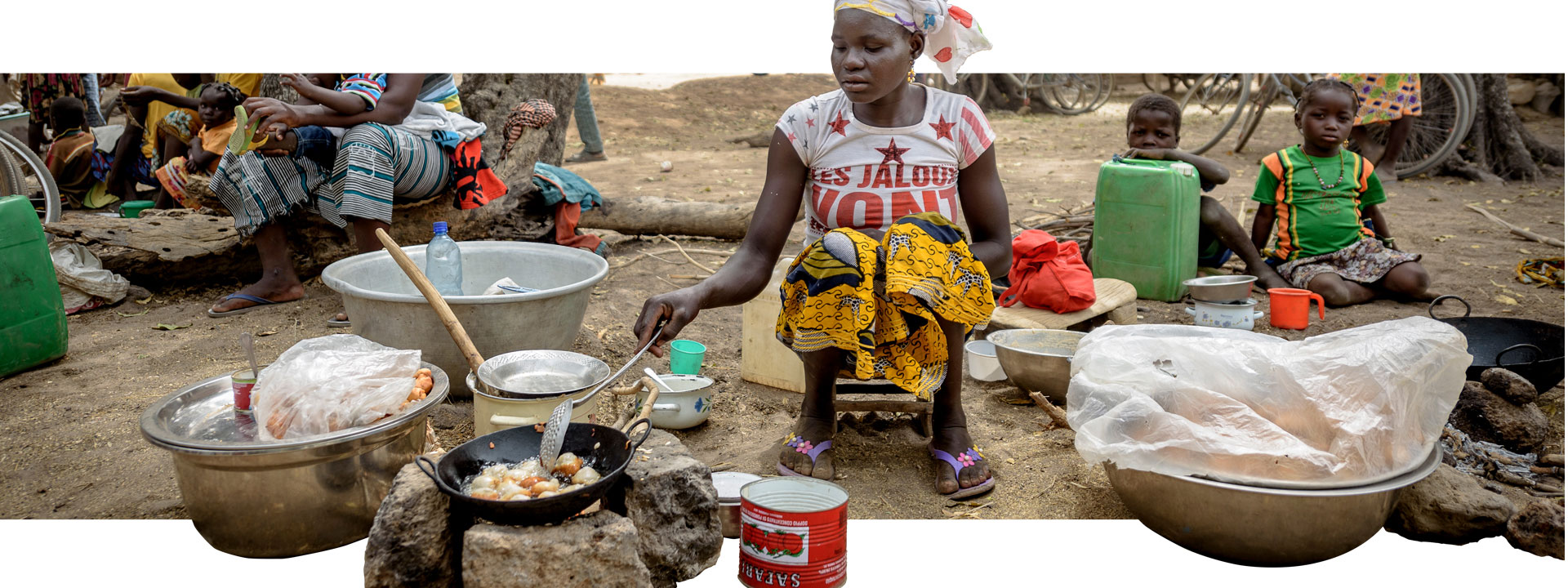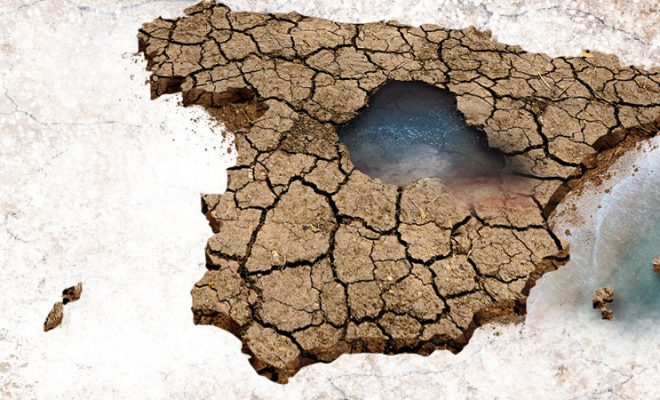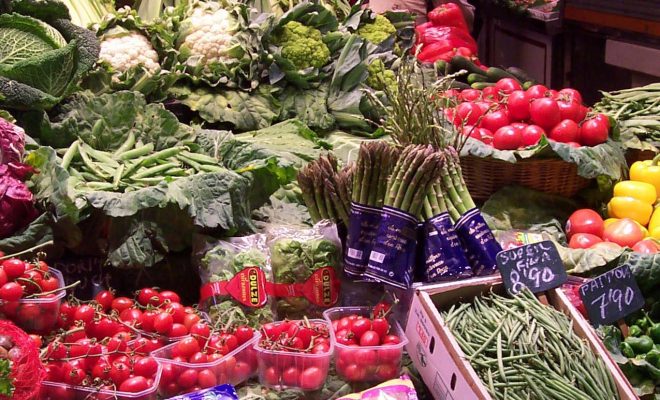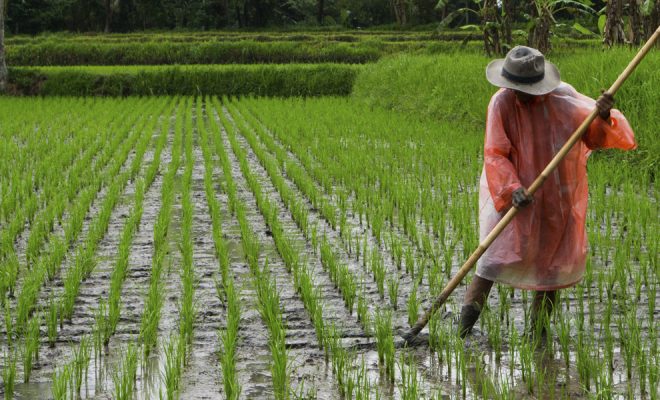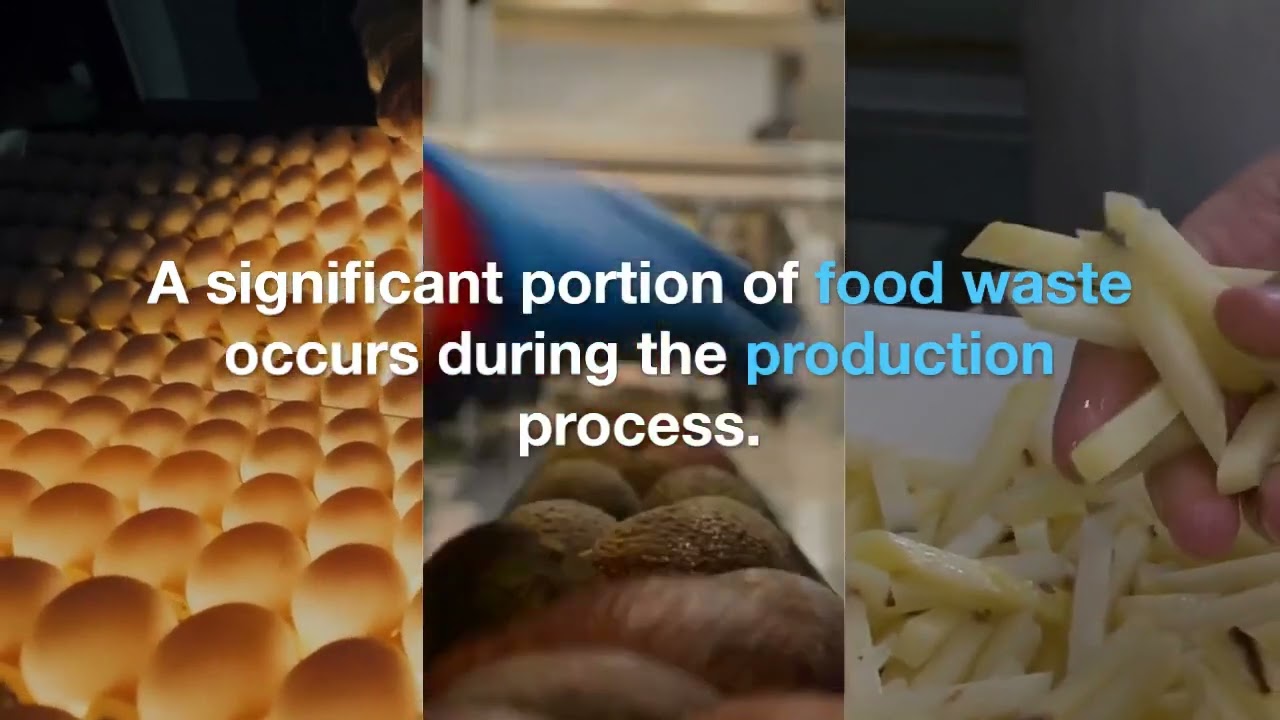
According to the FAO, approximately 25% to 30% of all food produced worldwide is wasted, amounting to a staggering 1.6 billion tons annually. The IPCC further highlights that this waste contributes 8% to 10% of greenhouse gas emissions from human activities, equivalent to 3.3 billion tons of CO2 annually. Additionally, this waste entails the consumption of 250 cubic kilometers of water annually, which is three times the volume of Lake Geneva or the average annual flow of the Nile. Considering that agriculture is the largest consumer of water globally, accounting for 70% on average, and with the backdrop of a global water crisis and famine in the world’s poorest regions, food waste emerges as an intolerable issue.
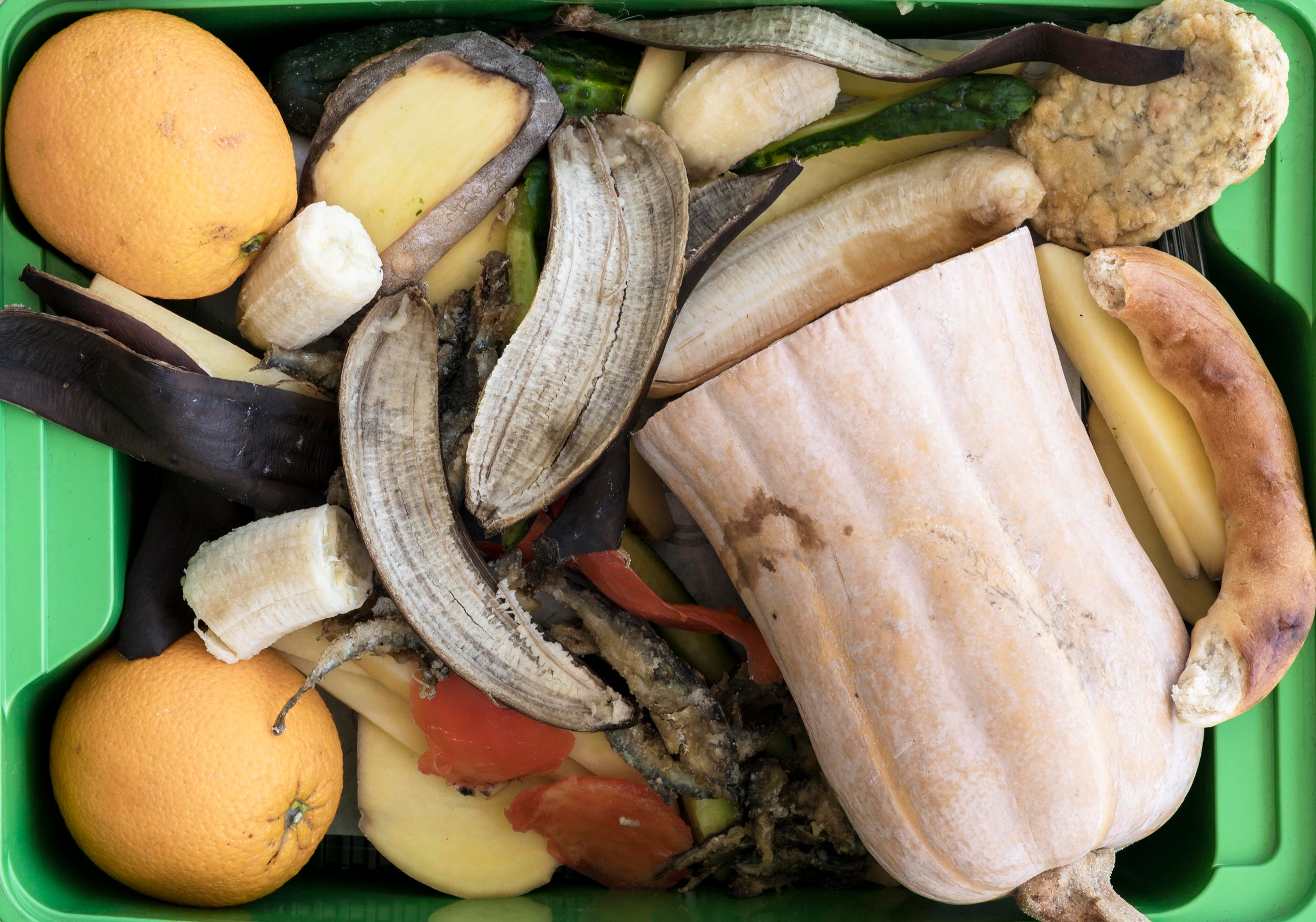
From agricultural production to consumption, food waste amplifies the strain on water resources and hinders the advancement towards a fair and sustainable food system- © freepik
The Evidence of the Water Footprint
These statistics originate from calculations aimed at assessing the water footprint of the food supply chain. They encompass all water utilized in the supply of a product, covering not just the water directly involved in its manufacturing but also rainwater consumption, polluted water, water returned to different watersheds or the sea, and water evaporated during various processes.
In recent years, significant strides have been taken in defining the parameters of the water footprint. For instance, attention has been drawn to the concept of invisible trade in water, referring to water transferred between countries through the import and export of products. Additionally, the pivotal role of agriculture, the largest water consumer at 70%, has been underscored. Overall, it has been determined that nearly 92% of the global water footprint is attributed to food production.

Overall, it has been determined that nearly 92% of the global water footprint is attributed to food production. © freepik
Water footprint data further highlight the unsustainable nature of food waste. In 2012, the FAO released a report titled Global Food Losses and Food Waste, revealing that globally, the water used to produce discarded food constituted 24% of the total water volume used for production.
The More Wealth, the More Waste
Generally, in industrialized nations, there is a significantly higher amount of food wasted per person compared to developing countries. According to FAO estimates, food waste per individual in Europe and North America ranges from 95 to 115 kilograms annually. In contrast, this figure is only between 6 and 11 kilograms per year in sub-Saharan Africa, South Asia, and Southeast Asia.
Climate change has exacerbated water stress in several affluent nations, leading to alarming scenarios. Spain, a country plagued by an endemic water crisis, serves as an illustrative example: between 2018 and 2023, as reported by the Ministry of Agriculture, Fisheries and Food, food wastage resulted in the consumption of 31 million cubic meters of water annually. Of this total, one-third, equivalent to 10.7 million cubic meters, was used for irrigation purposes.
Losses in Production
In developed nations, food is often discarded by producers or ends up in the waste bins of retailers, households, or restaurants. Various factors contribute to this issue, including the food supply chain’s complexity, the market’s competitive nature, and policies regarding production subsidies.

In industrialised countries, for a variety of reasons, food is either thrown away by producers or ends up in the rubbish of retailers, households or restaurants that consume it.
It is widespread that when the market for an agricultural product becomes oversaturated and prices plummet, farmers opt to withdraw the surplus and repurpose it as fertilizer or animal feed. In Europe, for instance, the EU provides subsidies for this withdrawal, with the condition that the withdrawn amount does not exceed 5% of the quantity marketed in the previous season. According to reports published by the Spanish Agrarian Guarantee Fund (FEGA), between 2017 and 2023, over 70 million kilograms of fruits and vegetables per year, which heavily rely on irrigation, were withdrawn from the market.
The Absurd Culture of “Food Aesthetics”
Food marketing has introduced a new factor contributing to waste: aesthetic standards. These standards have led to an unreasonable demand for perfectly shaped and colored vegetables. Consequently, producers and retailers often choose not to sell “imperfect-looking” foods despite their nutritional properties remaining unaffected.

Food marketing has added a new waste factor: aesthetic standards, which have created an absurd demand for vegetables of attractive shape and colour Image by freepik
Additionally, at the consumer level, the FAO has long warned about the significant waste caused by poor shopping planning, neglecting expiration dates, and overcooking. According to Eurostat, the highest food wastage in Europe occurs in households, averaging 74 kilograms per person per year, whereas in restaurants and catering services, the loss is significantly lower, at only 12 kilograms per person per year.
Restaurants, a Key Sector
Indeed, restaurants are motivated by economic factors to significantly minimize losses, which is crucial considering they contribute to over 30% of total food expenditure. Overall, it is estimated that the restaurant sector alone generates 25% of the world’s food waste.
The sector is highly conscious and is a cornerstone in disseminating best practices. Last August, at Abastur, Mexico’s primary HORECA (Hotels, Restaurants, and Cafeterias) event, Carlos Garriga, the Foundation’s director, moderated two discussions. The first, titled “Integration of Sustainability: Challenges and Benefits in Restaurants,” featured experts such as Carlos Alberto Sánchez Durán from Coca-Cola, Gustavo Perez Berlanga from Grupo Restaurantero Gigante, and Erika Valencia from Ectágono, who presented the sustainable practices gaining traction in the sector.
The second discussion, titled “The Water Footprint of Sustainable Catering,” centered on the significance of minimizing water wastage in the industry and explored techniques and tools to accomplish this goal. Panelists Amanda Puente, CEO of APR Consultancy; Pablo Carrera, COO of Grupo Catamundi; and Mariana Orozco, a renowned international chef, shared success stories and underscored the crucial role of industry professionals in raising societal awareness. They also elaborated on available technologies and solutions to mitigate water waste and advocate for more responsible practices across the entire production and service spectrum.
Global, Ecological, and Social Impact
The troubling aspect of food waste extends beyond the squandered water; it is the fact that this occurs amidst ongoing food crises and devastating famines worldwide.
<`p>Currently, agricultural and livestock production to sustain the global population occupies 43% of available land, excluding deserts and frozen soils. These lands yield 23.7 million tons of food daily, a quantity theoretically sufficient to feed the world’s population. However, this vital activity for humanity consumes a staggering 70% of the planet’s fresh water.
It is imperative to take immediate action, as any intervention can yield highly positive outcomes. Governance is responsible for enforcing planning in response to the evident wastage data, eliminating production incentives that contradict water-saving strategies. A systemic approach is essential, involving all stakeholders in the food chain, from farmers to end consumers.
Education and raising awareness about the significance of reducing food waste and the water footprint are crucial, starting with school programs to dismantle unrealistic standards of product aesthetics among consumers. Initiatives like those launched by the FAO a couple of decades ago aimed to promote responsible consumption habits, including purchasing only what is essential, storing food correctly, and utilizing leftovers efficiently. Given the severity of water and food crises exacerbated by climate change, adopting mindful purchasing, cooking, and consumption translates to substantial water savings and enhances global food security.


